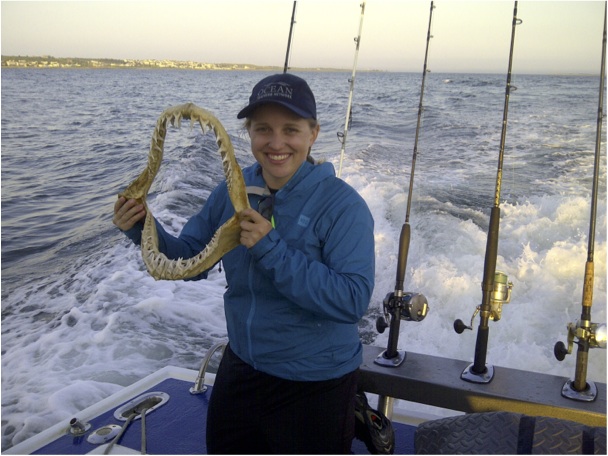Career Profile:
Marine Biologist
$60,020
Median YearlyIncome
fair
WorkProspects
0
ProspectiveEmployers
This unit group is for all biologists and related scientists: Scientists in this field conduct basic and applied research to extend knowledge of living organisms, to manage natural resources, and to develop new practices and products.
full-time
Cape Breton, Halifax
Post-Graduate Degree / Bachelor's Degree
N/A
What you do
Marine Biologists are responsible for understanding marine life by studying the distribution, abundance and life histories of animals and plants in the sea, and how these aspects are governed by environmental factors.
In the oceans technology sector, marine biologists utilize innovative technology to increase our collective knowledge of marine species.
A Marine Biologist performs some or all of the following duties:
- Study the behaviour, evolution, distribution, and relationships among organisms in a marine environment;
- Use electronics and other instruments to measure the physical and chemical properties of water;
- Study the structure of marine communities and assist in the rehabilitation of damaged ecosystems; and
- Take samples of marine organisms and conduct laboratory tests for comparative analysis for further research.
What you need
- Can work on land or in offshore working environments
- Strong communication and leadership skills
- Comfortable working around marine invertebrates and vertebrates;
- Physical stamina to conduct field research, sometimes for extensive periods of time;
- Possess excellent problem-solving and decision-making skills
- Able to work with others during research and in the field.
References and further reading
* The employment outlook over the next few years for this occupational group is "fair", which indicates the changes of a qualified individual finding work is around average.
